A necessity to everyday life, but what are we learning?
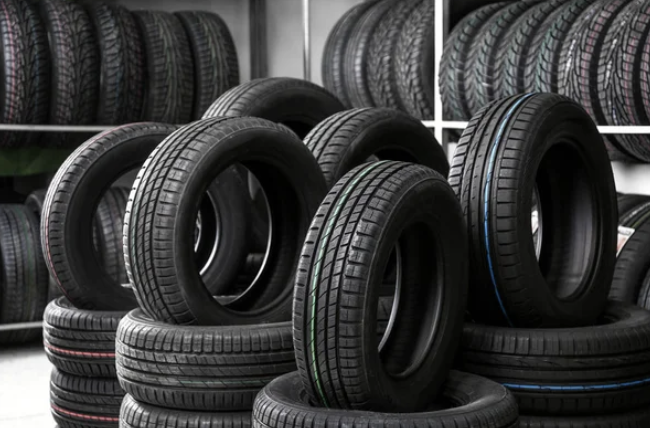
Every year approximately 2.5 billion automobile tires are manufactured worldwide. If laid end to end, the line of these tires would stretch around the world – not just once, but nearly fifty times! That’s every year and remains somewhat constant from year to year. We want to help you imagine the resources required to produce and distribute these tires and what happens when they wear out and are disposed of.
The phrase ‘where the rubber meets the road’ needs to be revised a bit today. Modern tires do have natural rubber in them, but natural rubber contributes only about 25% of the total composition of a tire. The rest is a mixture of various materials. Synthetic rubber, steel, chemicals and carbon black complete the formula.
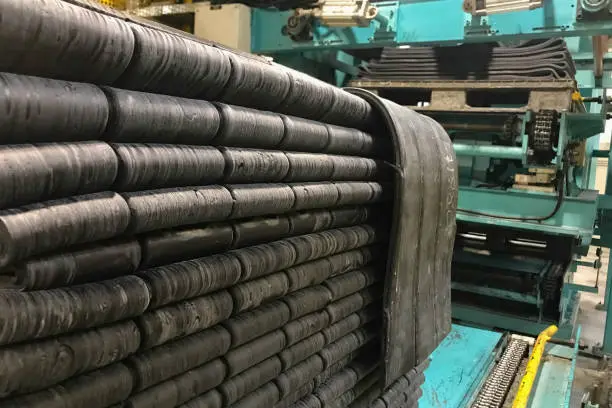
The natural rubber necessary to produce 2.5 billion tires annually requires 2.6 billion rubber trees from which natural latex is extracted. These trees are found in tropical locations throughout the world, mostly in Asia, Africa, and South America and it is estimated they cover more than 30 million acres.

Rubber trees can produce latex for several years after reaching maturity, typically around 6 to 7 years after planting. A mature rubber tree can produce about 20 to 30 grams of latex per tapping session, and it can be tapped every 2 to 3 days. This amount of latex will yield about 5 grams of rubber and it takes about 2 kilograms (2,000 grams) of rubber to make a single tire. U.S. demand alone is nearly 330 million automobile tires per year. On top of that are millions of large tires made for trucks, buses, and agricultural and construction equipment.
Synthetic rubber is produced via a polymerization process that involves hydrocarbon derivatives such as ethylene and results in rubbers such as polybutadiene. This is then mixed with other additives, fillers, plasticizers, and curing agents. The average tire is also requires about five gallons of petroleum. As you can imagine, it takes both forestry management and hydrocarbon production to make tires.
The sheer scale of tire production and its environmental implications is staggering. Not only does it require vast amounts of resources like natural rubber and synthetic materials, but it also necessitates significant energy consumption and chemical processes.
Among the world’s tire producers, the leading companies include:
- Bridgestone Corporation (Japan)
- Michelin Group (France)
- Goodyear Tire and Rubber Company (United States)
- Continental AG (Germany)
- Pirelli & C. S.p.A. (Italy)
- Sumitomo Rubber Industries, Ltd. (Japan)
- Hankook Tire & Technology Co., Ltd. (South Korea)
- Yokohama Rubber Company, Ltd. (Japan)
- Cheng Shin Rubber Ind. Co., Ltd. (Maxxis) (Taiwan)
- Cooper Tire & Rubber Company (United States)
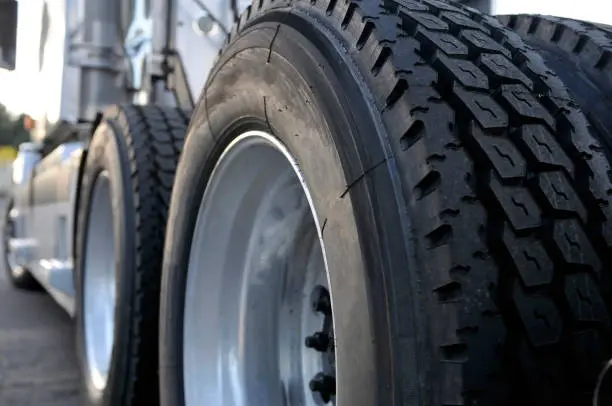
Annual worldwide tire sales are estimated to be hundreds of billions in dollars, ranking it among the largest-selling industrial products. Most outlets that sell tires at retail also serve as the first point of tire recycling. You can easily imagine that with nearly 3 billion tires being replaced annually, there must be a way to dispose of and reuse the cast-offs.
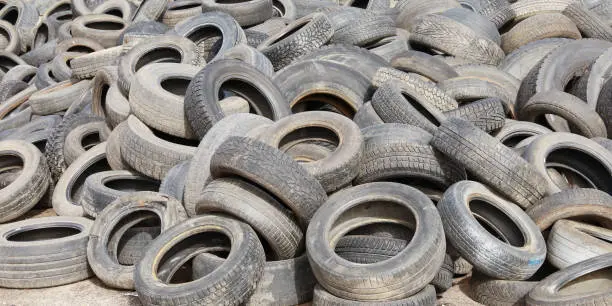
For decades, old tires were tossed into landfills where they would ever-so-slowly begin to decompose and release toxic pollutants that leach into the soil and eventually find their way into the waterways.
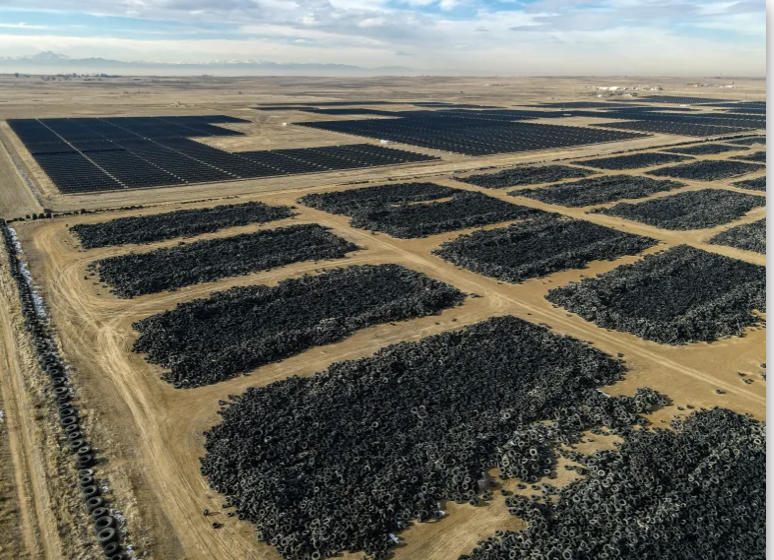
CH2E the largest waste tire monofill in North America, previously known as Tire Mountain located in Hudson, Colorado. (Carl Payne, special to the Colorado Sun)
Tires disposed of in this manner also took up enormous space. One particularly large pile of tires in Colorado was estimated at over 30 million tires. Another pile of tires in Kuwait is estimated at 42 million.
Environmental tire disposal is a massive undertaking and will be a topic in another 3-MAD University report.
Extra Credit: Watch a tire being made. (5:09 min.)
Extra, Extra Credit: Watch tires being used to create electricity: (3:51 min.)
Welcome to 3-Minutes A Day University, where every day you can learn a little about a lot of things in three minutes or less. We help you expand your knowledge and understanding of the real world and 3-MAD University is tuition-free. Our wide-ranging syllabus includes a fascinating insight into topics including Health and Medicine, Science, Sports, Geography, History, Culinary Arts, Finance and the Economy, Music and Entertainment, and dozens more. You will impress yourself, your friends, and your family with how easy it is to learn facts and perspectives about the world around you. One topic you will never find covered is politics. We hope you enjoyed the previous three minutes.
Was this email forwarded to you? Subscribe Here.
© Copyright 2024 3-Minutes A Day University All Rights Reserved. Unsubscribe


